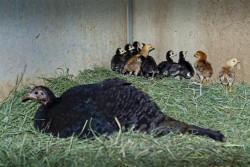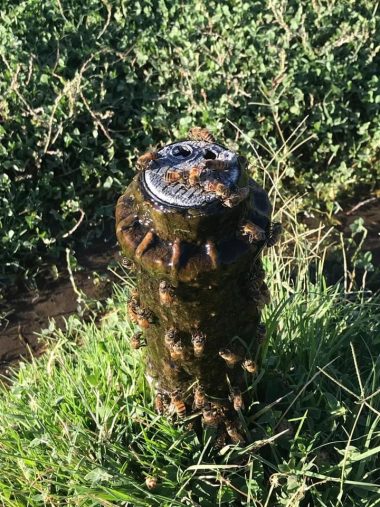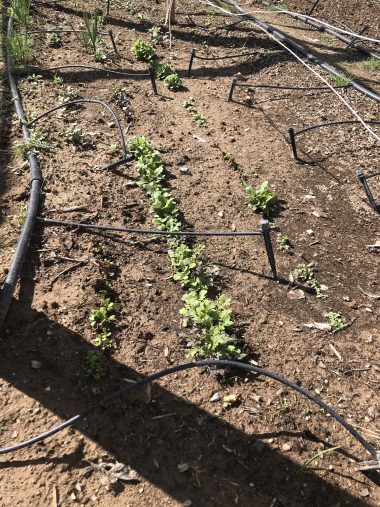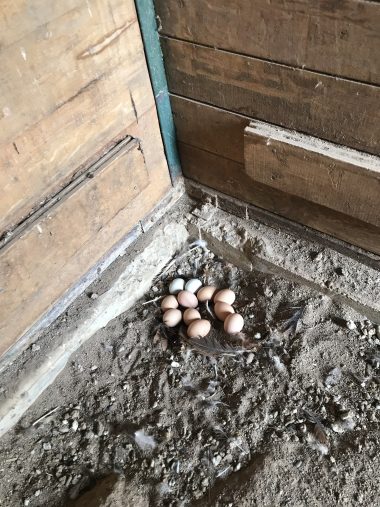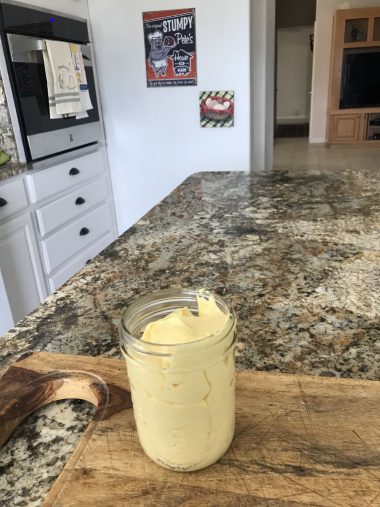Spanish Black Turkeys
June 10, 2015
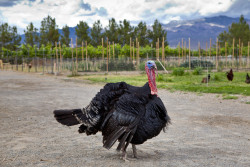 The Black turkey originated in Europe as a direct descendant of the Mexican turkeys carried home with explorers in the 1500s. Black colored turkeys became popular in Spain where they were known as “Black Spanish”, and in England, especially in the Norfolk region where they were known as “Norfolk Blacks.” After being selected for meat production for more than two centuries, the Black Spanish turkey made the voyage back to the Americas with early European colonists. Once here, the variety was crossed with Eastern wild turkeys, which formed the basis for the Black turkey variety in America. This Black variety was commercially viable through the early part of the 20th century though not as popular as Bronze, White Holland, Narragansett, and Bourbon Red varieties. A 1937 Turkey World article states that Blacks were bred in large numbers along the East Coast including Maryland and Virginia, their popularity enhanced by selection for a calm disposition, rapid growth, and early maturation.
The Black turkey originated in Europe as a direct descendant of the Mexican turkeys carried home with explorers in the 1500s. Black colored turkeys became popular in Spain where they were known as “Black Spanish”, and in England, especially in the Norfolk region where they were known as “Norfolk Blacks.” After being selected for meat production for more than two centuries, the Black Spanish turkey made the voyage back to the Americas with early European colonists. Once here, the variety was crossed with Eastern wild turkeys, which formed the basis for the Black turkey variety in America. This Black variety was commercially viable through the early part of the 20th century though not as popular as Bronze, White Holland, Narragansett, and Bourbon Red varieties. A 1937 Turkey World article states that Blacks were bred in large numbers along the East Coast including Maryland and Virginia, their popularity enhanced by selection for a calm disposition, rapid growth, and early maturation.

